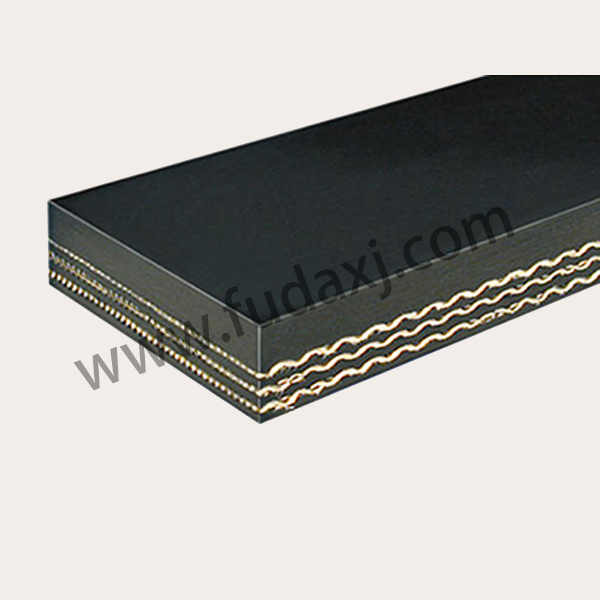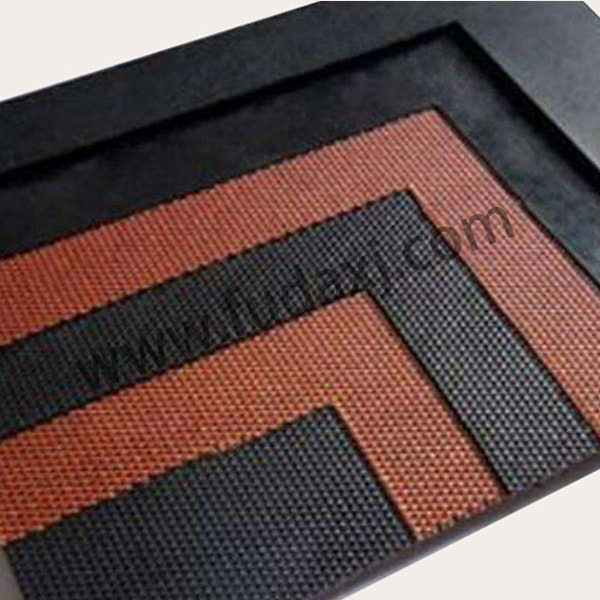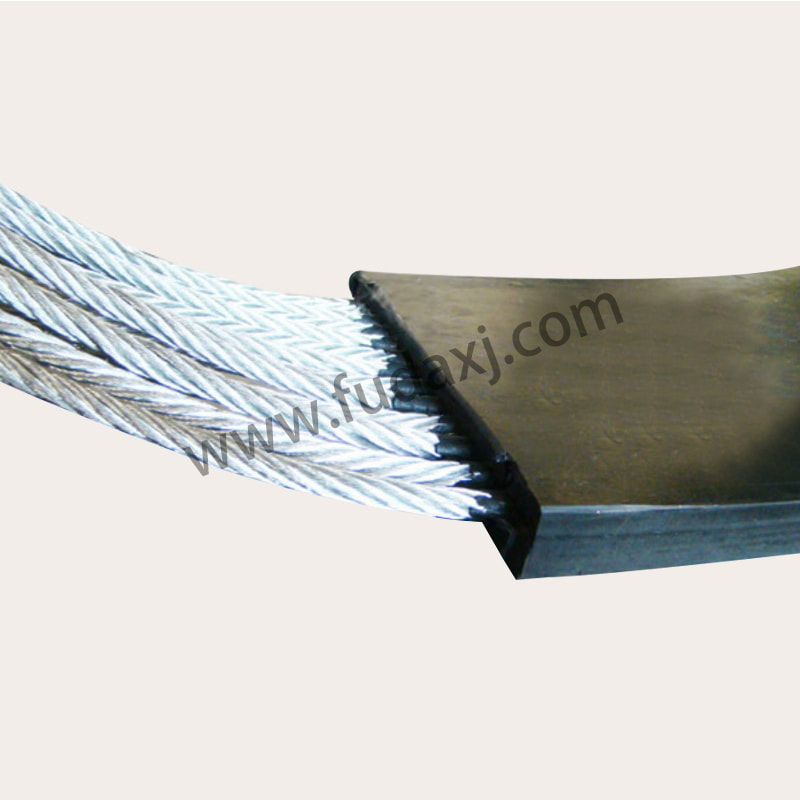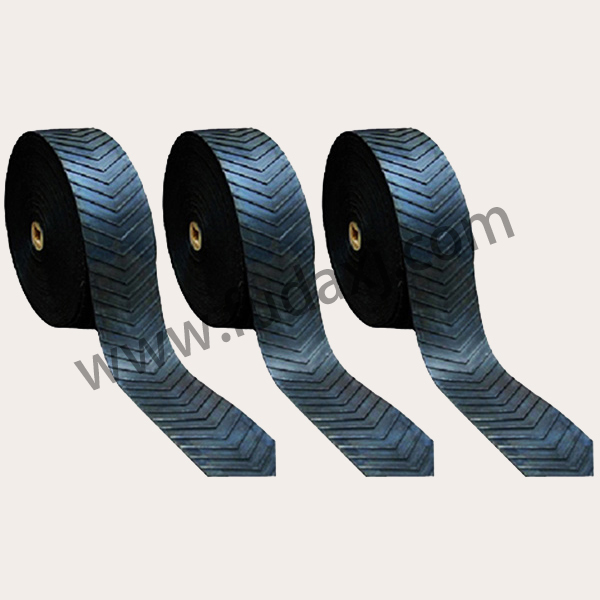
Selection and marking of commonly used rubber conveyor belt materials
The rubber belt industry standard needs to involve the adoption of the following definitions, which can be understood by the user as a preliminary professional knowledge. The contents are summarized as follows: Compressive strength: the maximum compressive stress that the sample can bear in the compression test;
Melt flow rate: Under the specified test conditions, the amount of thermoplastic material extruded within a certain period of time;
Modulus of elasticity: the ratio of stress to the corresponding strain of the material within the proportional limit;
Plastic: a material that is mainly composed of high polymer and can be flow-formed at a certain stage of processing into a finished product;
Rubber: Elastomers that can be modified or have been modified into insoluble but swellable solvents such as boiling benzene, methyl ethyl ketone, and ethyl alcohol and toluene azeotropes. The modified rubber is not easy to be heated and moderated under pressure. Re-molded, without diluent, stretched to twice the length at standard room temperature for 1 minute and then relaxed, and retracted to less than 1.5 times the original length within 1 minute;
Cure temperature: the temperature at which the adhesive or the adhesive in the assembly is cured;
Cure Time Adhesive: The time required for the adhesive in the assembly to cure at a specified temperature or pressure or both;
Curing time plastic: the time for the plastic to fully harden;
Solid content: the mass percentage of non-volatile substances determined under the specified test conditions;
Tensile strength: The maximum stress that the material bears before tensile fracture. When the maximum stress occurs at the yield point, it is called the yield tensile strength, and when the maximum stress occurs at the break, it is called the fracture tensile strength;
Viscosity: The internal resistance of the fluid to resist steady flow. In the test, it is the ratio of the shear stress to the shear rate of the liquid. Viscosity usually refers to "Newtonian viscosity". At this time, the ratio of shear stress to shear strain is constant. ;
After the above explanation of the term attribute, we can make a detailed explanation of the general regulations on selection and labeling methods. Among them, the name, the abbreviation code of the grade, the relevant description or the code of the performance index, and the standard number should be indicated in the plastic labeling; if there is no grade or If there is no relevant standard, only the material name or commercial grade can be marked. At this time, the performance index of the material should be clearly specified in the product drawing or technical document. In the plastic label, if there is a grade , the name is unified with the word "plastic"; if there is no grade, the detailed name of the material should be written. Except for the name and the abbreviation code, the other components are connected by half-width connectors. The standard number is valid according to the current Standard reference, only the standard code and standard sequence number are noted, and the standard release date does not need to be noted. Among them, between the standard code and the standard sequence number, an empty character, that is, half a Chinese character, is often used in the standard. For example, polyethylene PE labeling The name, abbreviation code, recommended use and processing method code, relevant important performance and additive code, density, melt mass flow rate, standard number should be indicated, and the type of polymer should also be indicated when polypropylene or PP is labeled Code, main purpose code, melt flow rate code, standard number, the type code of the polymer is written after the abbreviation code, and the connector is used as a connection in the middle;
In addition, in terms of synthetic rubber, its grades are stipulated to be composed of the rubber variety code and four Arabic numerals. The first two digits of the four digits represent the main characteristics of the rubber variety, and the last two digits are based on filling conditions, Mooney viscosity or molecular weight, etc. The serial numbers of different properties are arranged. The rubber materials are marked by name, type, grade, basic physical properties, grade number, and standard number. The name is uniformly written as rubber. The oil resistance, tensile strength, elongation at break, nominal hardness, heat resistance, low temperature resistance and other indicators, standard numbers, etc. of the technical feature code, if there is no relevant standard, should be clearly specified in the product drawings or technical documents The performance indicators of the rubber sheet can be specified.
 English
English 简体中文
简体中文 Español
Español عرب
عرب
 English
English





 Fax: 0086-576-83019528
Fax: 0086-576-83019528